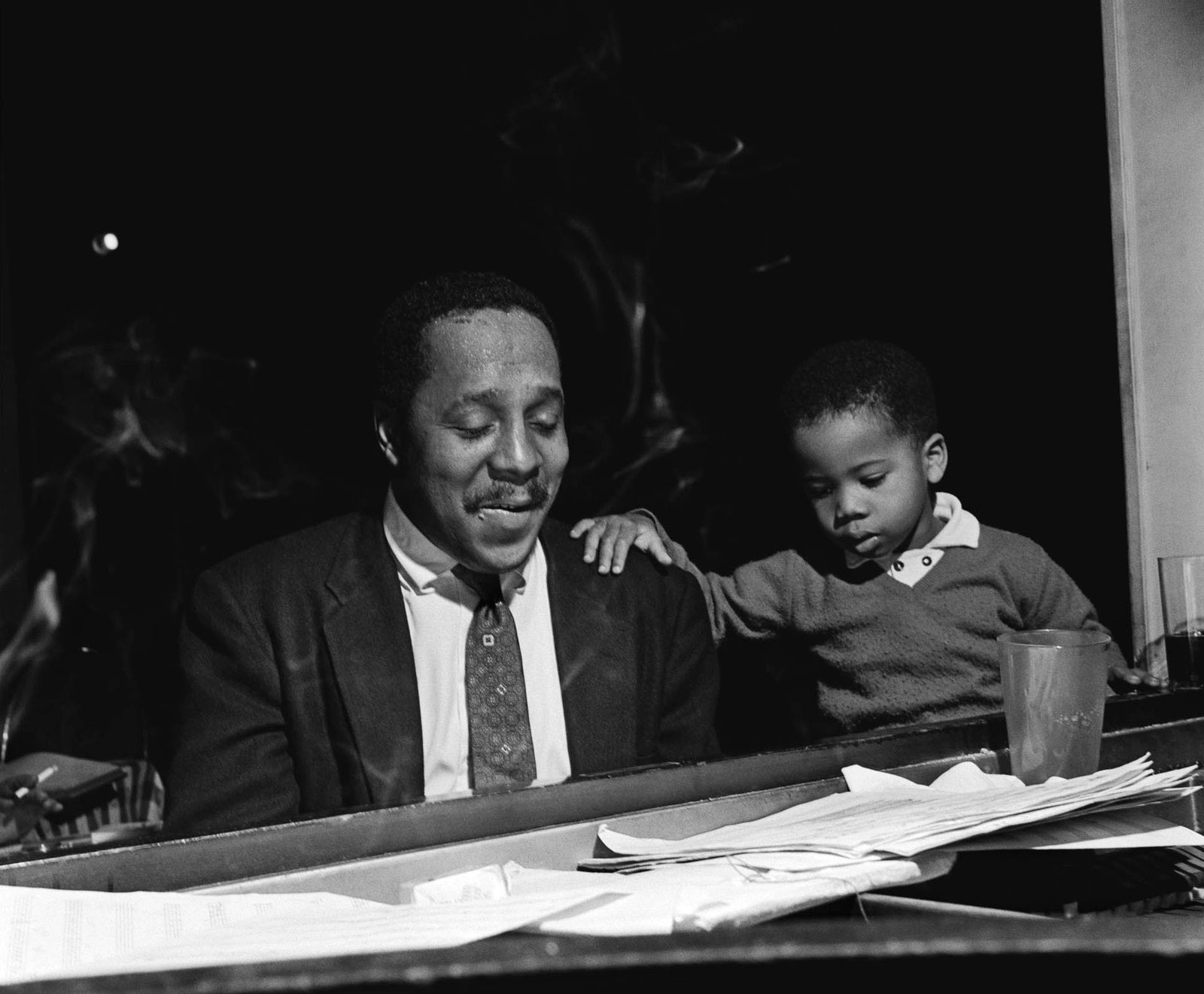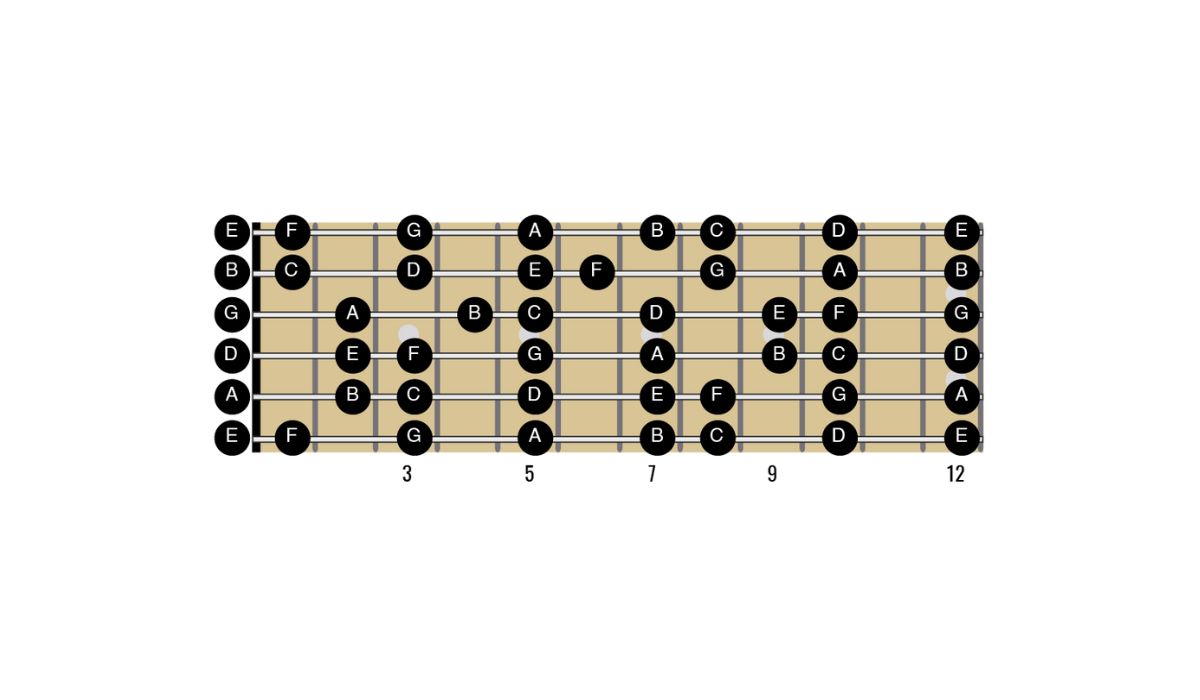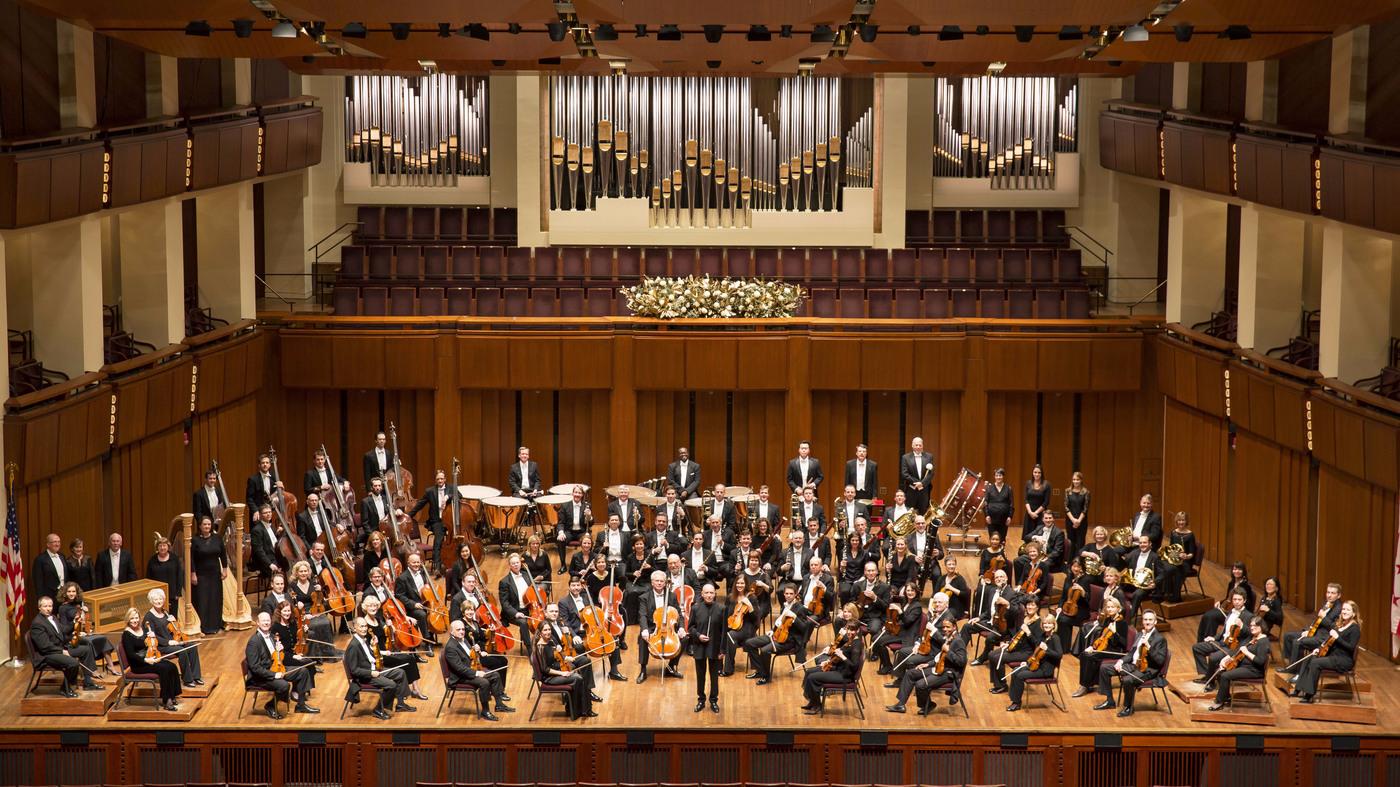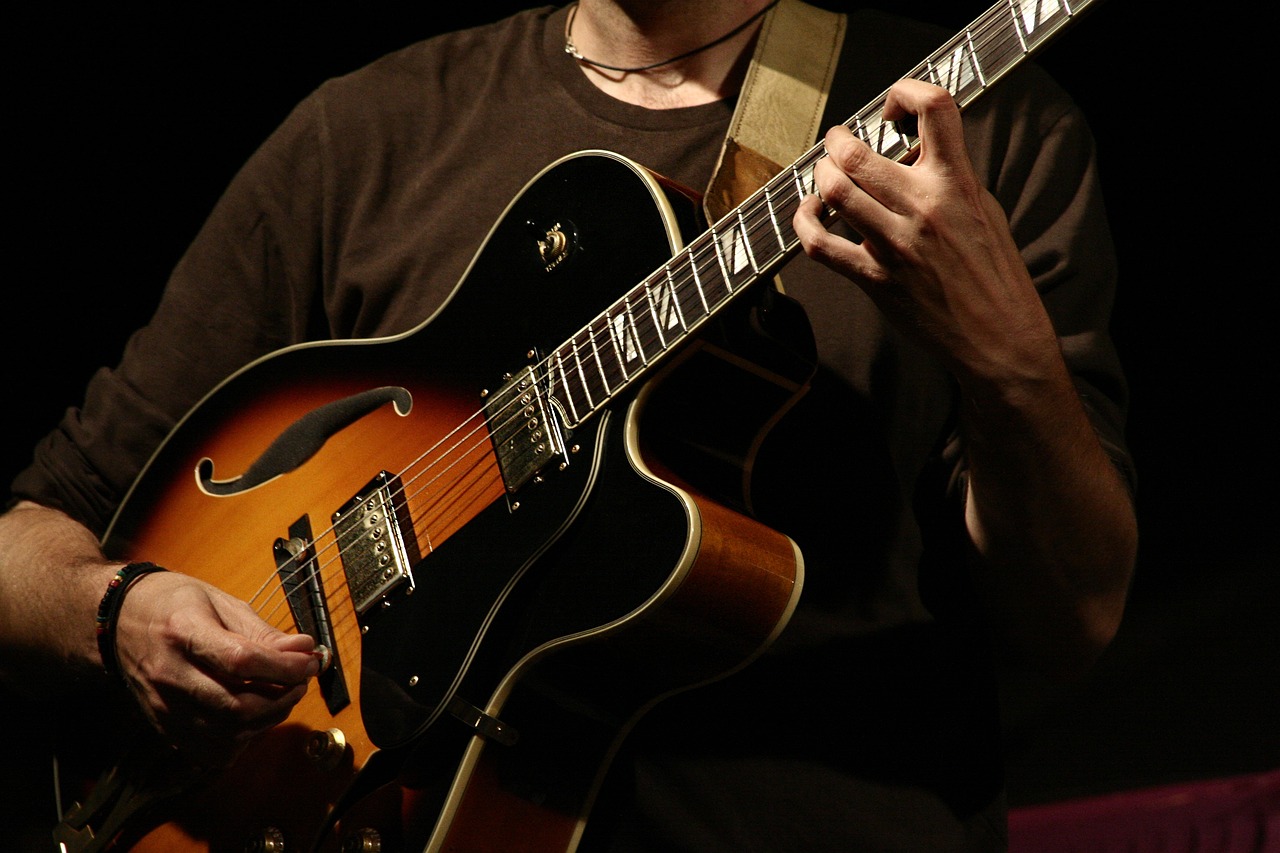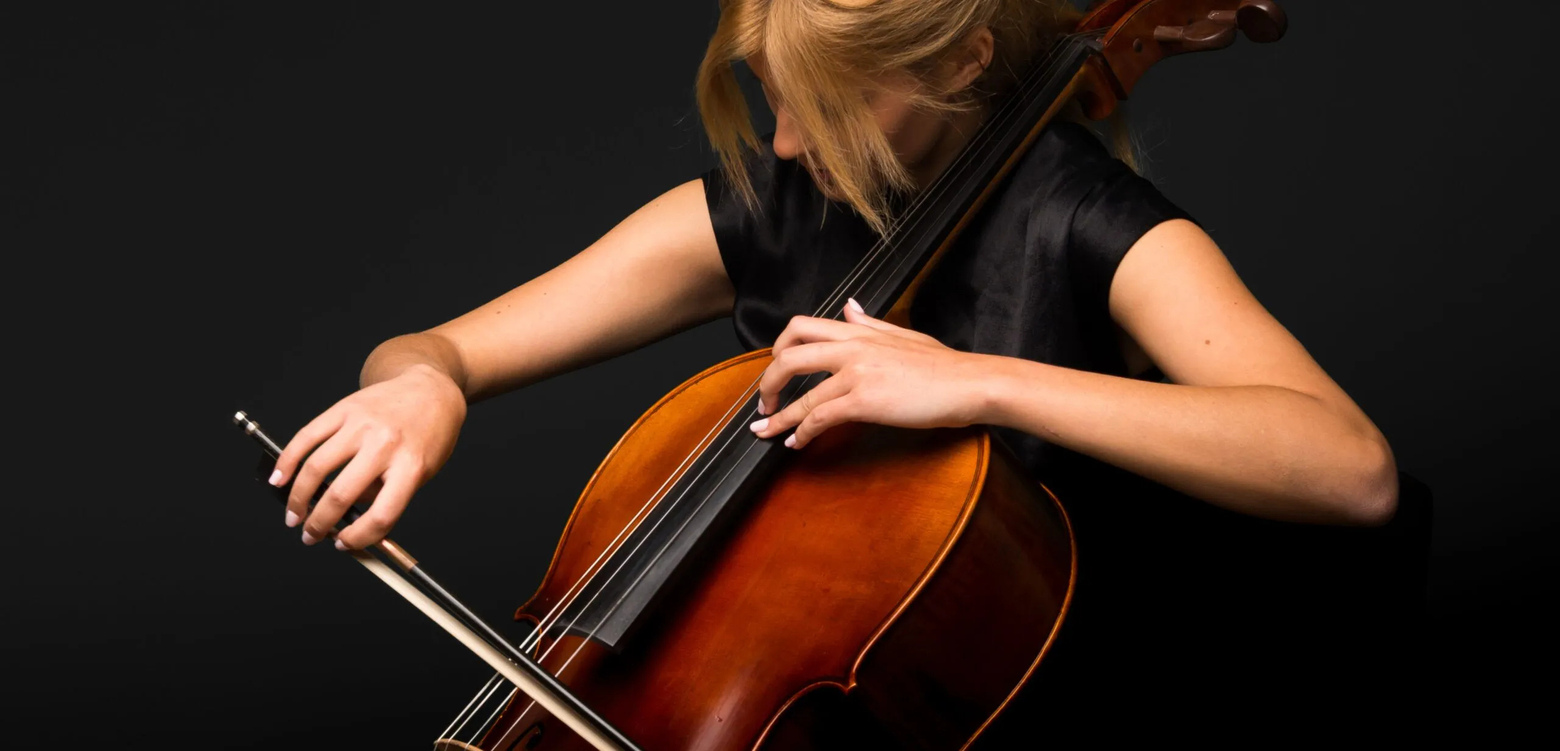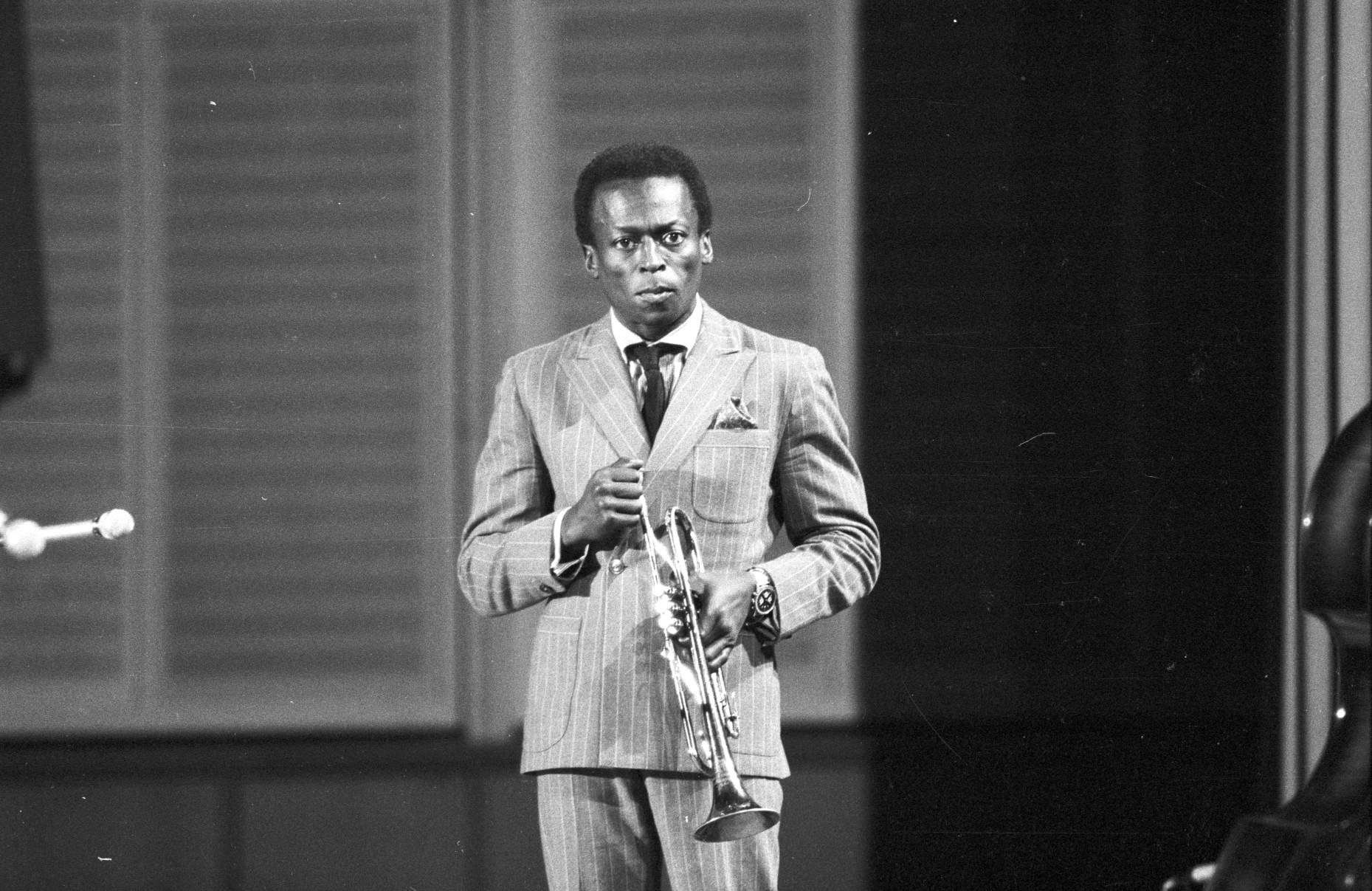Home>Production & Technology>Musician>Which Musician Usually Plays Notes On A Grand Staff?


Musician
Which Musician Usually Plays Notes On A Grand Staff?
Published: January 28, 2024
Discover which musician typically plays notes on a grand staff and explore the world of music with this informative guide.
(Many of the links in this article redirect to a specific reviewed product. Your purchase of these products through affiliate links helps to generate commission for AudioLover.com, at no extra cost. Learn more)
Table of Contents
Introduction
The world of music is filled with intricate melodies, harmonies, and rhythms that captivate our hearts and souls. Behind every beautiful piece of music lies the talent and skill of a musician who brings it to life. Musicians have a deep understanding of music theory and are able to read and interpret various notations to play their instruments.
One of the fundamental aspects of music notation is the use of the grand staff. This musical staff consists of two staves, known as the treble staff and the bass staff, stacked together. It provides a visual representation of musical notes and their corresponding pitches.
In this article, we will delve into the world of the grand staff and explore the musicians who typically play notes on it. Whether you’re a music enthusiast or a budding musician yourself, understanding the roles and instruments associated with the grand staff will deepen your appreciation for the art of music.
So, let’s embark on this musical journey and discover the musicians who bring life to the notes on a grand staff!
Understanding the Grand Staff
The grand staff, also known as the great staff or piano staff, is a system of notation that combines two staves together to represent a wide range of musical notes. It is predominantly used in piano music, but also appears in other instruments such as organ, harp, and some orchestral scores.
The two staves that make up the grand staff are the treble staff and the bass staff. The treble staff, also known as the G-clef, is typically written with a fancy, curving line that wraps around the second line from the bottom. It represents higher-pitched notes and is usually played by instruments such as the violin, flute, and right hand of the piano. The notes on the treble staff are typically written in the range from middle C and above.
On the other hand, the bass staff, also known as the F-clef, is written with two dots above and below the fourth line from the top. It represents lower-pitched notes and is played by instruments such as the cello, bass guitar, and left hand of the piano. The notes on the bass staff are typically written in the range from middle C and below.
Together, the treble staff and the bass staff form a visual representation of the full range of musical notes. The notes on the grand staff are written on specific lines and spaces, each representing a different pitch. The lines on the staff, from bottom to top, are E, G, B, D, and F for the treble staff, and G, B, D, F, and A for the bass staff. The spaces between the lines spell out the word FACE for the treble staff and the word ACEG for the bass staff.
Understanding the grand staff is crucial for musicians as it allows them to read and interpret sheet music accurately. By having a solid grasp of this notation system, musicians can effectively navigate through complex musical compositions and bring the notes to life through their instruments.
Now that we have a better understanding of the grand staff, let’s dive into the musicians who typically play notes on it.
Musicians Who Play Notes on a Grand Staff
The grand staff is commonly associated with a variety of musicians who play different instruments. Let’s explore some of the musicians who rely on the grand staff to read and interpret music:
-
Pianists:
Pianists are perhaps the most well-known musicians who use the grand staff. They are masters of playing both the treble and bass clef simultaneously. With their left hand playing the lower notes on the bass staff and their right hand playing the higher notes on the treble staff, pianists create beautiful harmonies and melodies that captivate audiences.
-
Organists:
Organists, much like pianists, use the grand staff to navigate through complex musical compositions. The grandness of the pipe organ requires a wide range of notes and pitches, which the grand staff accommodates perfectly. Organists often use both hands and their feet to play different sections of the grand staff simultaneously.
-
Harpists:
Harpists also rely on the grand staff to read and play music. The harp, with its ethereal sound, produces heavenly melodies by plucking the strings corresponding to the notes on the grand staff. Harpists must navigate both the treble and bass clefs to create magical and enchanting music.
-
Violinists and Flutists:
String instruments like the violin, as well as wind instruments like the flute, primarily use the treble staff in their sheet music. Violinists use their bows to produce the desired notes, while flutists manipulate their breath to create the melodious tones. Both musicians rely on the treble staff to play intricate melodies and contribute to various musical ensembles.
-
Cellists and Bassists:
Cellists and bassists, who play the cello and bass guitar respectively, predominantly use the bass staff in their notation. They produce rich, low-pitched notes that add depth and a solid foundation to the overall musical composition. The bass staff guides them in playing precise and resonating notes.
These are just a few examples of musicians who interpret and play notes on the grand staff. From pianists and organists to harpists and string players, the grand staff serves as a universal language of music, allowing these talented individuals to communicate and express their artistry.
Now that we have explored the musicians associated with the grand staff, let’s conclude our journey.
Conclusion
The grand staff is a fundamental element of music notation that brings together the treble and bass clefs to represent a wide range of musical notes. Musicians who play instruments like the piano, organ, harp, violin, flute, cello, and bass guitar rely on the grand staff to read and interpret music accurately.
Pianists, in particular, have a deep connection with the grand staff as they masterfully navigate both the treble and bass clefs simultaneously, creating harmonious melodies and captivating performances. Organists also harness the power of the grand staff to showcase the grandeur and complexity of the pipe organ. Harpists, violinists, flutists, cellists, and bassists all utilize the grand staff to produce beautiful sounds with their respective instruments.
The grand staff serves as a universal language of music, enabling musicians to communicate and express their artistry. By understanding the grand staff, musicians can effectively read sheet music, interpret complex compositions, and bring the notes to life through their instruments.
Whether you’re an aspiring musician or simply an avid music lover, gaining knowledge about the grand staff and the musicians who use it will deepen your appreciation for the intricacies of music. So, the next time you listen to a piano concerto or attend an orchestral performance, you’ll have a deeper understanding of the musicians’ connection to the grand staff and the incredible skill required to bring music to life.
Now that we have uncovered the world of musicians who play notes on a grand staff, let their melodies inspire you to explore the magic of music and perhaps even try your hand at playing an instrument.


